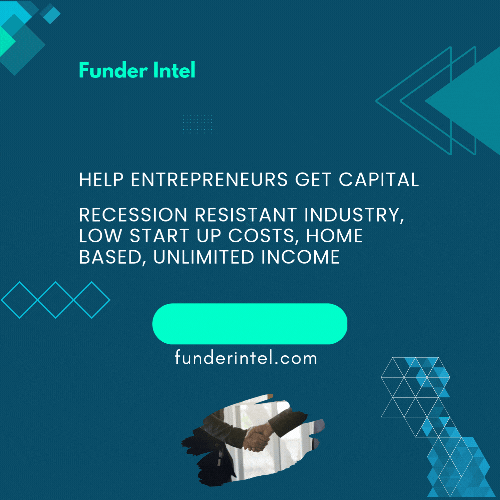As the pace of money movement accelerates, we expect to see more payment-first business models, a new wave of fraud, and infrastructure to facilitate the patchwork of faster payments in the U.S.
The year is 2023, and we are living in a world where AI can automatically file your taxes, a few lines of code can get you up and running with a full-stack payment processor, and an application can pay your bills with a snap of a picture. Yet most B2B payments take two to five business days to settle, are only available during banking hours, and move across rails built in the 1970s.
We are on the precipice of a major advancement in real-time money movement in the United States: FedNow, the Federal Reserve’s new real-time payment scheme, is officially launching next month after years of buildup.
Instant money movement is finally within reach and presents an opportunity for a new paradigm for payments in the U.S. But FedNow will emerge within a disjointed U.S. payment landscape, populated with institutions that manage conflicting interests. This is why we think there will be an opportunity for new, agnostic payment infrastructure to help orchestrate and support the flow of money and the associated fraud that comes with this new surface area. Further, we think the democratization of faster money will enable a new crop of vertically-focused application layer payments companies.
Because of the complexities surrounding new and existing payment rails in the U.S., we expect payment infrastructure innovation to look different in the U.S. than in other countries with more advanced instant payment infrastructure. However, we expect the same surge in fraud that has accompanied faster payments in other countries to plague the U.S. too.
Continue reading 👇
https://www.bvp.com/atlas/how-fednow-and-faster-payments-will-impact-u-s-fintech

